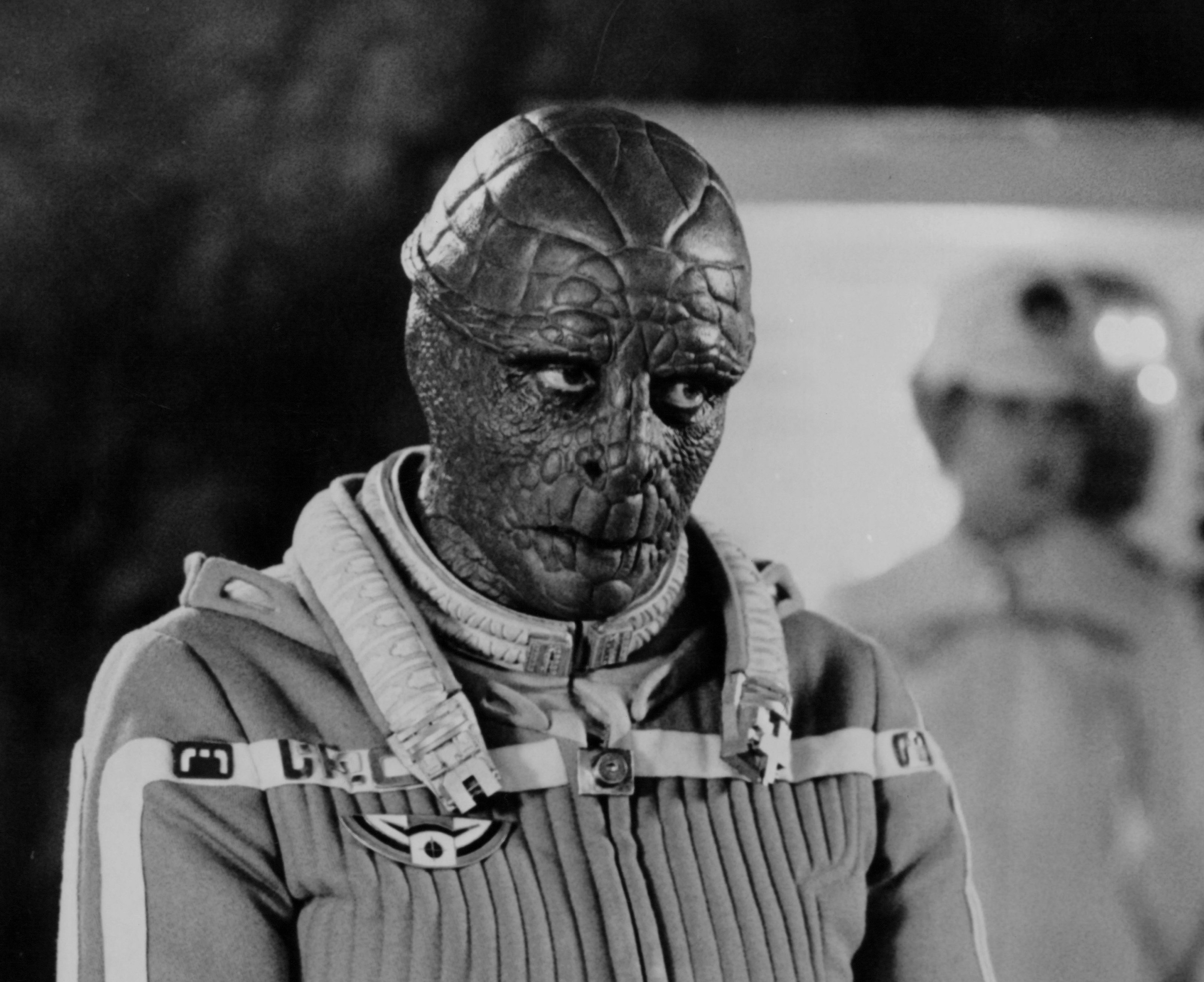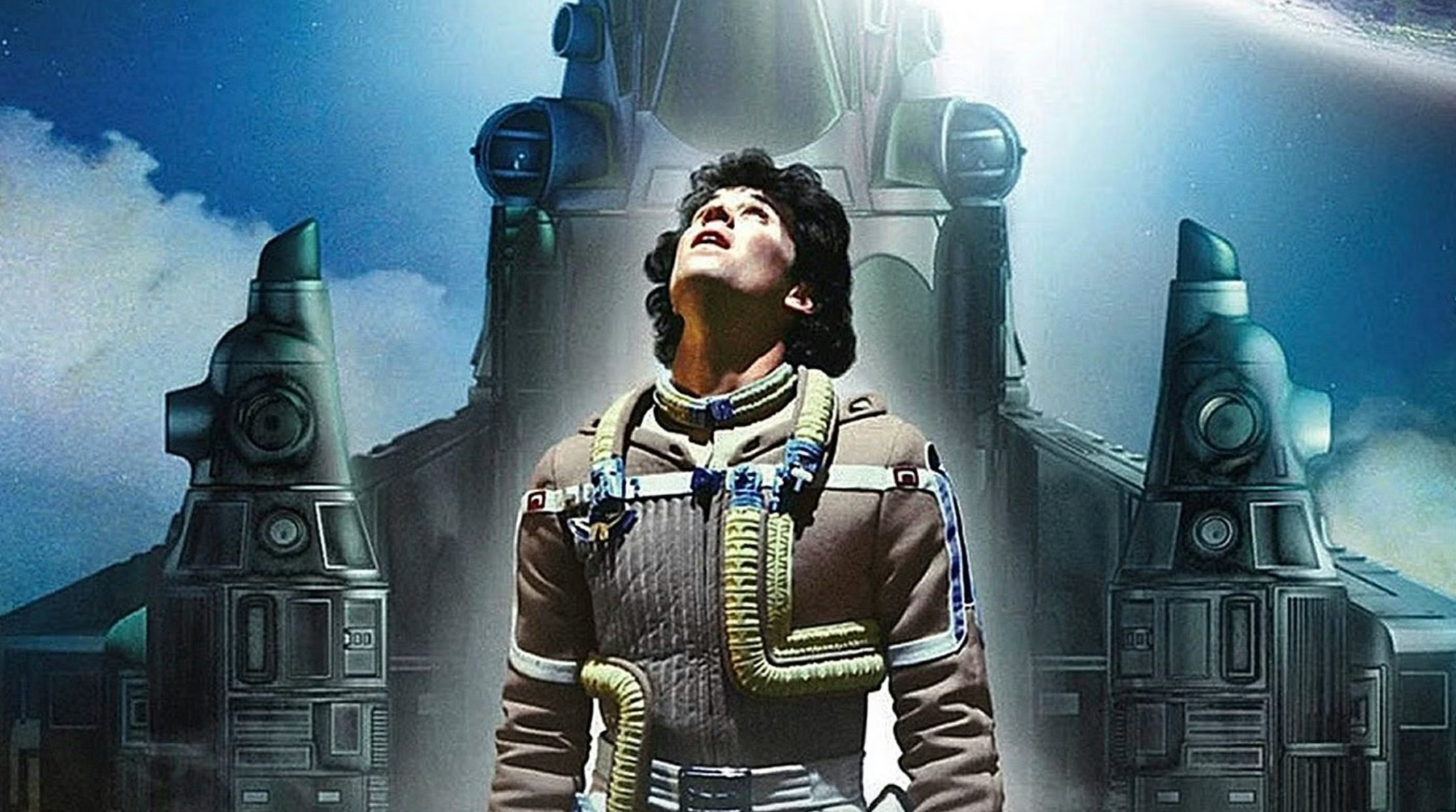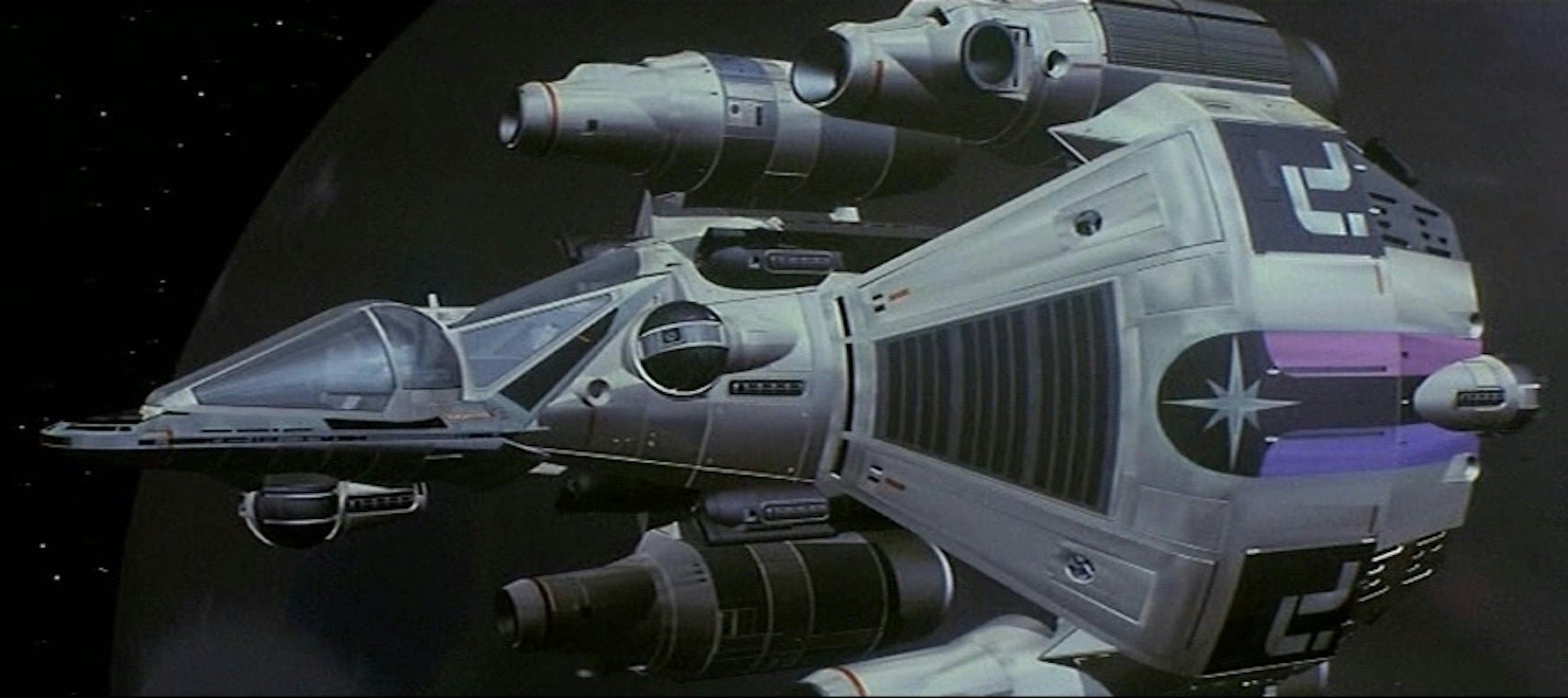
Epic science fiction is often referred to as “space opera,” because the stakes are so large and so absurd that we can’t help but think of it as the opposite of a soap opera. The stakes are almost always the entire universe, the entire human race, or oddly, even bigger. From the early Lensmen series in the pages of Astounding to Flash Gordon and Buck Rogers, and of course, to Star Wars, the galaxy is the stage for these kinds of adventures.
But, what if a space opera began in a trailer park? How would we feel if the outer space battles looked very similar to the action inside of a video game? On July 13, 1984, The Last Starfighter took the stakes of a space opera and shrunk it all down to the kind of story that felt closer to an after-school special. While it’s tempting to categorize The Last Starfighter as just one more example of movies in the ‘80s trying to cash in on Star Wars fever, on closer inspection this is a deeply risky movie, employing space opera tropes with counterintuitive subversion. And, 40 years later, we’re still feeling the influence of The Last Starfighter in nearly all corners of science fiction.
The Last Starfighter tells the story of Alex Rogan (Lance Guest), a classic ‘80s teenager-who-looks-about-25 who is simply hoping to go to college. Living in the Starlite Starbrite trailer park with his mom, Alex spends his downtime positively owning an arcade game called Starfighter. Vaguely resembling the 3D color vector graphics that defined various games of the time (notably the first Star Wars arcade game), the gameplay of Starfighter would have seemed familiar to anyone who had even a passing knowledge of arcade games of the time. It’s a game that’s both difficult and exciting, but, crucially, requires the player to clear all the levels in one go. One fateful evening, Alex gets farther in the game than ever before and destroys the command ship of the Ko-Dan Armada.
But, it turns out the Ko-Dan Armada is real, and that the Starfighter arcade game is a covert recruitment device placed on Earth by the Star League, in an effort to snag capable pilots. In a universe populated by not-quite-human fighters, the key thing is apparently really great hand-eye coordination. For generations of gamers, the premise of The Last Starfighter is the ultimate wish-fulfillment — see Mom, all those hours of video games did pay off! And while Ernest Cline’s second book, Armada is basically a 21st-century Last Starfighter reboot, his first book, Ready Player One, arguably floated the same basic premise: Being good a video games can save the world.

That said, Cline’s derivative Last Starfighter homages aside, what makes the actual movie so refreshing is that even now, four decades later, the premise feels extremely novel. Instead of Luke Skywalker being recruited from a moisture farm in a distant galaxy, The Last Starfighter suggests that you could suddenly become Luke Skywalker just by being yourself. And, somewhat uniquely, the film creates its own pop culture context, rather than overtly referencing something else.
As the world-building of The Last Starfighter takes Alex through the looking glass, the film, paradoxically, begins to feel smaller and smaller. And this is because the screenplay (written by Jonathan R. Betuel) really doesn’t care about any kind of realism, but instead, does something better. The Last Starfighter has vague answers to logistical questions, which give the thrust of the film the veneer of plausibility, even if the movie is overtly — and purposefully — unrealistic.
The best example of this is the idea of the title. After Alex joins the Star League, a sneak attack renders all Gunstars (the spaceships) utterly destroyed. All except one, an experimental ship that requires Alex to fly it with an alien co-pilot named Grig (Dan O'Herlihy). This detail nicely explains the point-and-shoot nature video game: a Starfighter in this context is a person, the one doing all the shooting, while someone else is piloting the craft, the Gunstar.

Famously, for all the exterior spaceship effects, The Last Starfighter was entirely CGI, and again, an attempt to create realism here wasn’t the goal. Instead, the outer space dogfights in The Last Starfighter resemble a souped-up version of a video game, rather than anything in the classic Star Wars, or the contemporary Star Trek movies of the time. This means that the “real” spaceships of The Last Starfighter match the ersatz versions that exist in the video game.
None of this should work. And yet, because The Last Starfighter can’t really make up its mind about what’s supposed to be reality and what isn’t, it ends up being a more surreal and fulfilling experience than you might think. To put it another way, The Last Starfighter is more than just its clever premise and has the audacious, and artistic choice to reveal its artifice in its creation. We can say that The Last Starfighter is like other space opera movies, but when you rewatch it now, it's very clear that this movie was one-of-a-kind.







